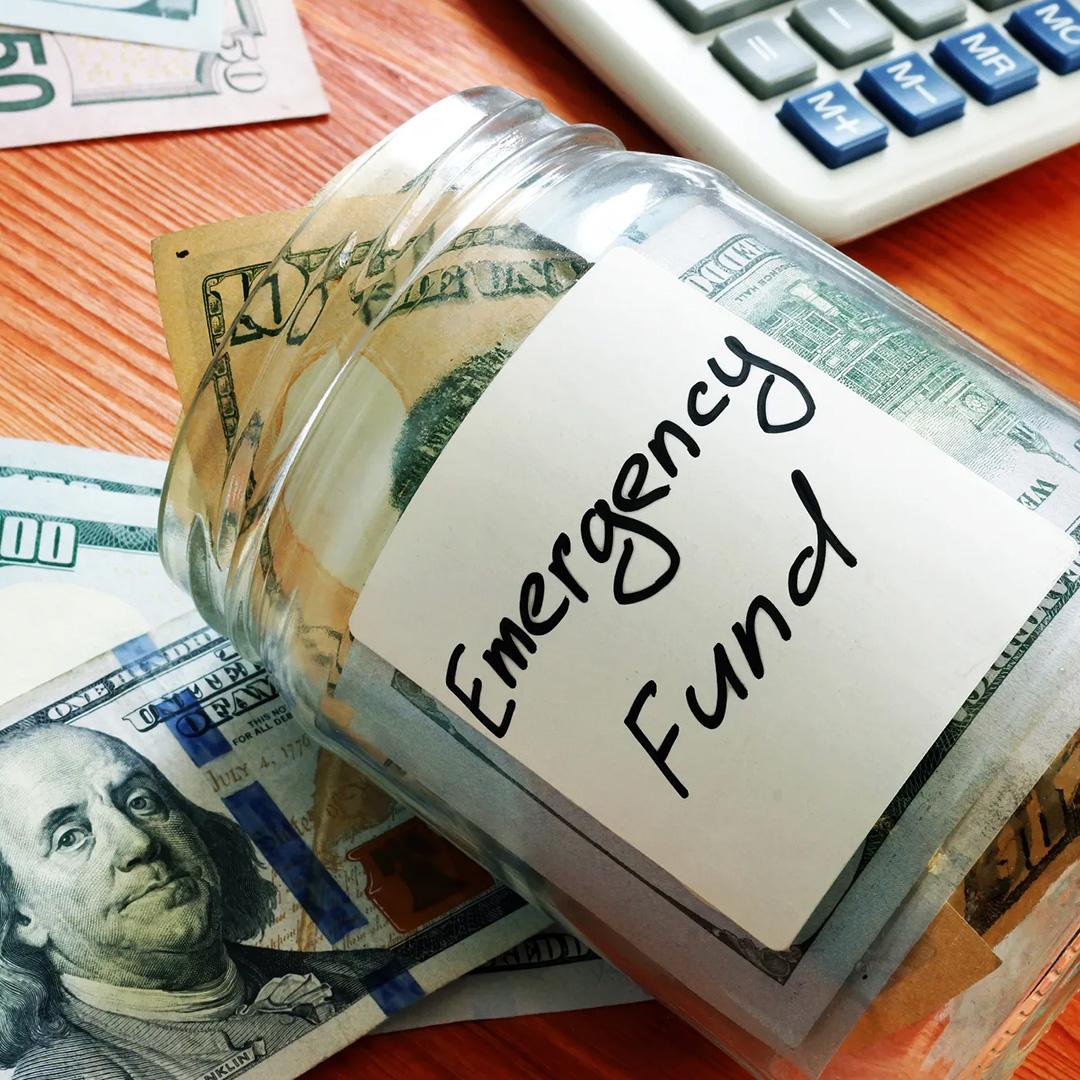Understanding the Importance of Emergency Funds: Planning for the Unexpected | St. Johns Bank

Emergencies can happen at any time, whether it’s an unexpected medical bill, a car breakdown, or even the loss of a job. That’s why it’s essential to be prepared with an emergency fund.
Having this financial safety net gives you peace of mind and helps you avoid falling into debt when life throws a curveball. In this blog, we’ll explore the significance of an emergency fund, how much you should save, and the best ways to start building it.
Why You Need an Emergency Fund
An emergency fund serves as a financial buffer, providing you with the resources you need to manage unforeseen expenses. Without it, you might have to rely on credit cards or loans, which can quickly lead to debt accumulation. Even small, unplanned expenses can disrupt your financial stability, but having an emergency fund means you won’t have to dip into savings for planned goals like a home purchase or vacation.
Some of the key reasons an emergency fund is important include:
Protecting yourself from debt: With an emergency fund, you’re less likely to rely on credit cards or high-interest loans, helping you avoid mounting debt.
Reducing financial stress: Knowing you have money set aside for the unexpected gives you peace of mind and reduces anxiety about unforeseen expenses.
Providing flexibility: Whether it’s an urgent home repair or a medical emergency, an emergency fund offers the flexibility to address the issue without worrying about how to pay for it.
How Much Should You Save?
The amount you need in your emergency fund will vary depending on your personal situation, but financial experts generally recommend having three to six months’ worth of living expenses saved. This includes rent or mortgage payments, utilities, food, transportation, and other essentials. Here are a few factors to consider when determining how much to save:
Your job stability: If you have a stable job with a steady income, you may be able to save closer to the minimum of three months. However, if your income is irregular or your job is uncertain, you should aim for closer to six months of expenses.
Your personal situation: Consider your dependents, health, and lifestyle. If you have a family to support or if you have ongoing medical expenses, you might need to build a larger emergency fund.
Living expenses: Track your monthly expenses to get a clearer idea of how much you typically spend.
Then, multiply that by the number of months you want to cover.
How to Start Building Your Emergency Fund
Building an emergency fund doesn’t need to happen overnight. Start small and stay consistent. Here are some simple steps to help you get started:
Set a goal: Determine how much you want to save and break it down into smaller, achievable milestones.
Automate your savings: Set up automatic transfers from your checking account to your emergency fund so you consistently save without having to think about it.
Cut unnecessary expenses: Review your budget and identify areas where you can cut back, such as dining out or subscription services, and put those savings into your emergency fund.
Use windfalls wisely: If you receive a tax refund, bonus, or gift, consider putting part or all of it toward your emergency fund.
Key Takeaways:
An emergency fund provides financial security in case of unexpected expenses.
Aim for three to six months’ worth of living expenses in your fund.
Start small, stay consistent, and automate your savings to build your fund over time.
By planning for the unexpected, you’re not only safeguarding your finances but also setting yourself up for long-term financial success. Start building your emergency fund today with St. Johns Bank, and give yourself the peace of mind that comes with being prepared.
